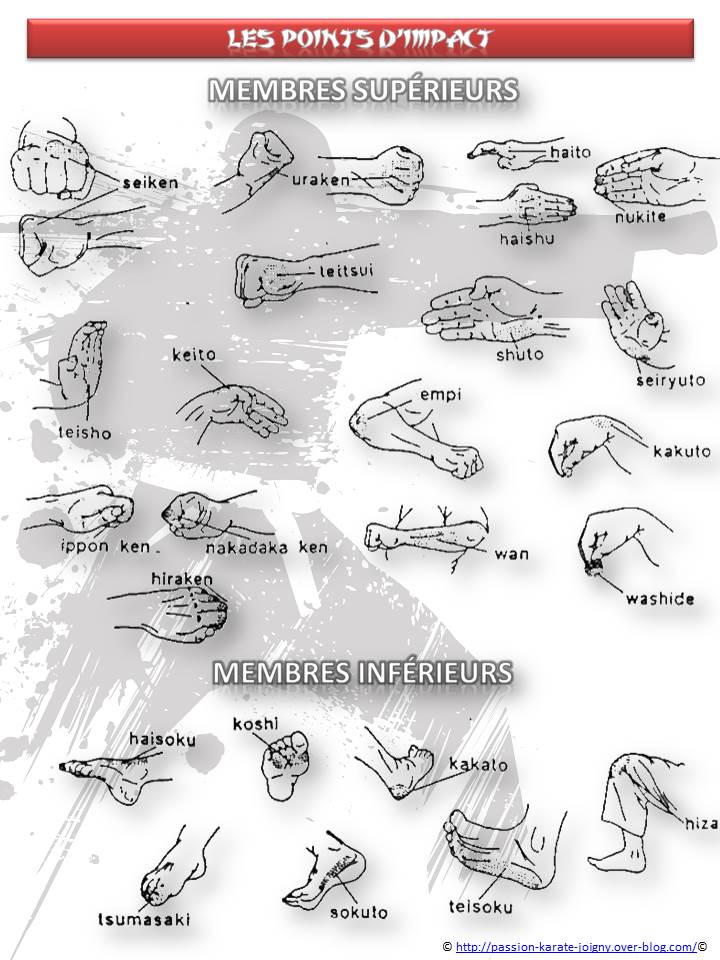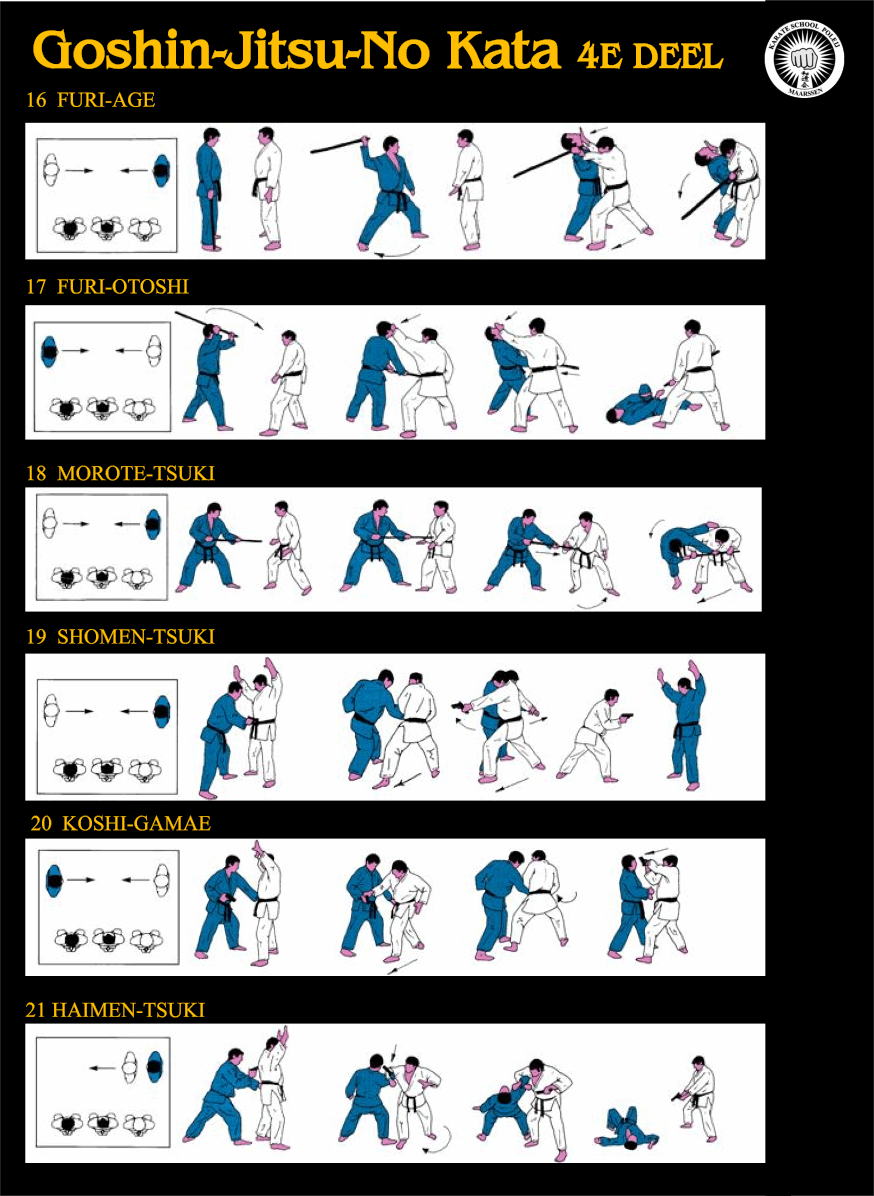

Also in 1939, Funakoshi built his first dojo in Tokyo and named it “Shōtōkan,” the name by which the art he developed is now known. Seeking to distance them from kung fu, he changed the Japanese spelling of “karate” from “Chinese hand” to the homophone of “open hand.” The term “open hand” also referenced Funakoshi’s philosophy of a martial art that is not tied or anchored to any other object. Tensions between China and Japan had been high for several years at that point, so in 1939 Funakoshi began to modify the terminology used in the Japanese martial arts. “Shoto” was Funakoshi’s pen name, and it meant “waving pines.” The association’s name was later truncated to simply “Shotokai.” Six years after that he changed the name to Dai-Nippon Karate-do Shoto-kai. In 1930 he founded Dai-Nihon Karate-do Kenkyukai as a clearinghouse for information and teaching on the various arts of karate being practiced at the time. He awarded the first eight dan (black belts) in Shotokan that year as well.

That same year he adopted the white keikogi, now known as the karategi. Two years after moving to Tokyo, Funakoshi adopted the belt system developed by judo’s founder Kano Jigoro. He began to train others in the arts he had learned and sought to continue teaching on the Japanese mainland, where he eventually moved in 1922. His interest in karate increased, and he began to make nightly treks to learn from Asato.įunakoshi’s training included the two popular Okinawan arts of the late 19 th Century – Shōrei-ryū and Shōrin-ryū. Highly educated in Japanese and Chinese philosophy, he became an assistant teacher in Okinawa.

Ankō Azato was a master of both karate and Jigen-ryū (an art dedicated to sword striking) and would become Funakoshi’s first martial arts teacher.Īlthough he passed the entrance exam to medical school, his family was firmly against the modernization drive made by the Meiji government, and therefore would not be able to attend medical school because of it. He met the son of Ankō Azato in grade school. The following is a list of all 26 katas, number of moves, meaning and a demonstration video.Gichin Funakoshi was born in Shuri, Okinawa on Noveminto a low-ranking Pechin family (equivalent to the more well-known Samurai class in Japan). It is important for every student to remember that as they rise up through the various kyu levels and Dan ranks, the continued regular practice of all of the previous katas that they have been taught is vital to their future progress. The kiai is a common thread that runs through all major styles of karate. It is precisely at these pre-determined moments that the karate-ka is required to demonstrate a total commitment of body, mind, and spirit, and to channel all of their available energy and apply it appropriately to the required technique. The kiai or "spirit cry" as it is sometimes referred to, occurs only at certain pre-determined moments in each kata.

Virtually all of the katas taught today in the Shotokan system have two kiai points. Shotokan Karate is comprised of 26 katas, each with their own emphasis on fast and slow or controlled and powerfull movements.
KARATE TECHNIQUES PDF FULL
In Shotokan, kata is not a performance or a demonstration, but is for individual karateka to practice full techniques-with every technique potentially a killing blow while paying particular attention to form and timing (rhythm). Body movement in various kata includes stepping, twisting, turning, dropping to the ground, and jumping. The kata consists of kicks, punches, sweeps, strikes, blocks, and throws. Kata is often described as a set sequence of karate moves organized into a pre-arranged fight against imaginary opponents.


 0 kommentar(er)
0 kommentar(er)
